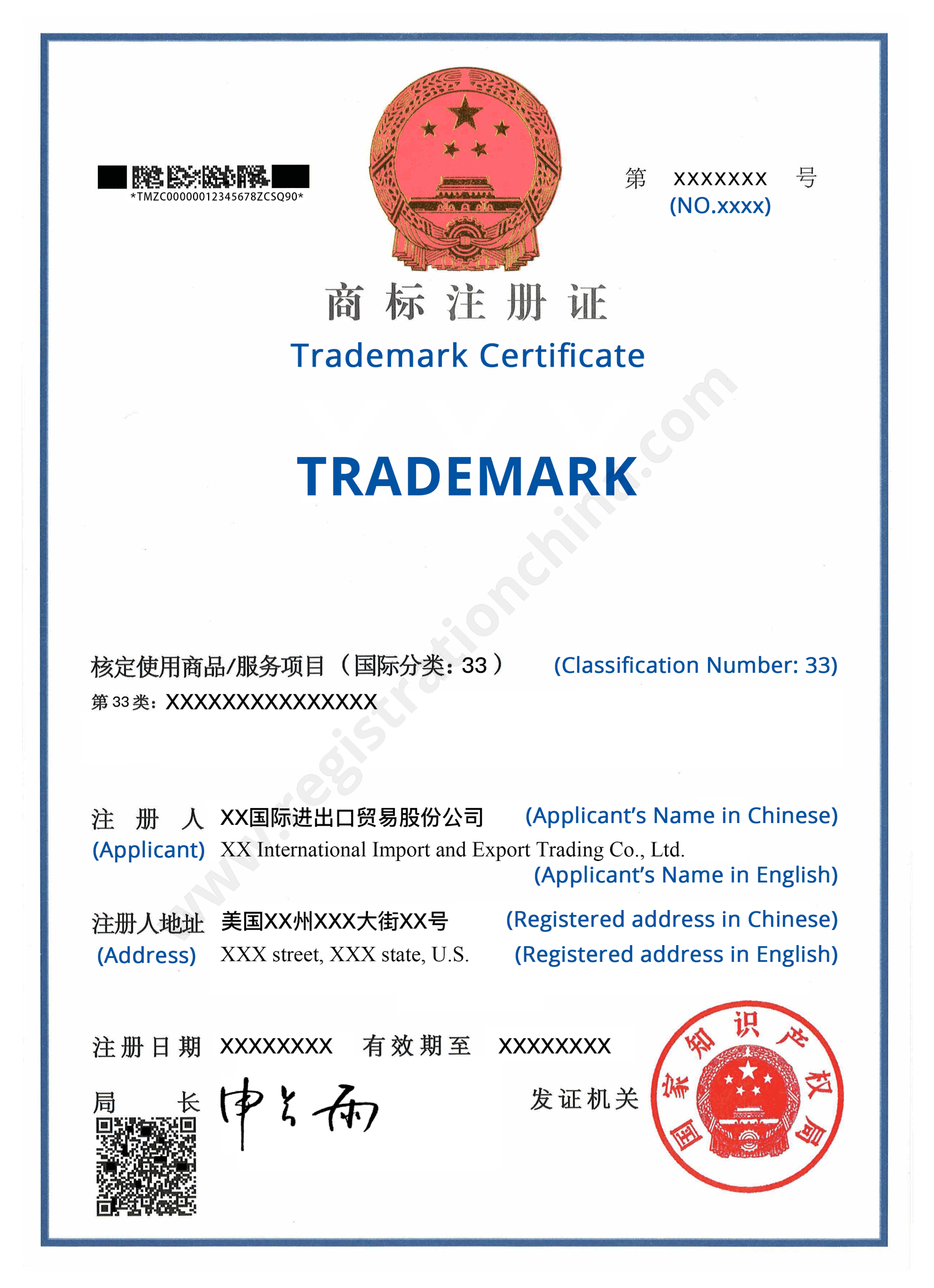China Trademark Classification
China Trademark Classification is divided into Goods and Services classes (same as Nice Classification) and subclasses (peculiarity of the Chinese system). Briefly, in Chinese Trademark Classification, the Goods belong to Class 01 – Class 34, and the Service belongs to Class 35 – Class 45.
CHINA’S CLASSIFICATION OF GOODS AND SERVICES
CHINA’S CLASSIFICATION is a system that all the goods and services that can be validly designated in a trademark application in China according to the relevant regulation from the National Intellectual Property Administration (CPINA). Once the application is submitted, CPINA verifies each of the submitted documents. Based on its verification, CPINA will recommend if the application can be processed further or if more documents or information is needed by them to move ahead with the trademark registration process. Once CPINA has completed the document verification and is satisfied with the same, it starts the process of registering the trademark. The process is lengthy and takes time. The applicant can expect this process to take approximately 6 months.
The list of Trademark Classification of goods or services appearing in the class below are general indications relating to the fields to which, in principle, the goods or services belong. The China Trademark Classification List should therefore be consulted in order to ascertain the exact classification of each individual product or service.
List of Goods and Services by Class Order
Goods:
Class 1: Chemicals used in industry, science, and photography, as well as in agriculture, horticulture, and forestry; unprocessed artificial resins, unprocessed plastics; manures; fire extinguishing compositions; tempering and soldering preparations; chemical substances for preserving foodstuffs; tanning substances; adhesives used in the industry.
Class 2: Paints, varnishes, lacquers; preservatives against rust and against deterioration of wood; colorants; mordants; raw natural resins; metals in foil and powder form for painters, decorators, printers, and artists.
Class 3: Bleaching preparations and other substances for laundry use; cleaning, polishing, scouring, and abrasive preparations; soaps; perfumery, essential oils, cosmetics, hair lotions; dentifrices.
Class 4: Industrial oils and greases; lubricants; dust absorbing, wetting, and binding compositions; fuels (including motor spirit) and illuminants; candles and wicks for lighting.
Class 5: Pharmaceutical and veterinary preparations; sanitary preparations for medical purposes; dietetic food and substances adapted for medical or veterinary use, food for babies; dietary supplements for humans and animals; plasters, materials for dressings; material for stopping teeth, dental wax; disinfectants; preparations for destroying vermin; fungicides, herbicides
Class 6: Common metals and their alloys; metal building materials; transportable buildings of metal; materials of metal for railway tracks; non-electric cables and wires of common metal; ironmongery, small items of metal hardware; pipes and tubes of metal; safes; goods of common metal not included in other classes; ores.
Class 7: Machines and machine tools; motors and engines (except for land vehicles); machine coupling and transmission components (except for land vehicles); agricultural implements other than hand-operated; incubators for eggs; automatic vending machines.
Class 8: Hand tools and implements (hand-operated); cutlery; side arms; razors.
Class 9: Scientific, nautical, surveying, photographic, cinematographic, optical, weighing, measuring, signaling, checking (supervision), life-saving and teaching apparatus and instruments; apparatus and instruments for conducting, switching, transforming, accumulating, regulating or controlling electricity; apparatus for recording, transmission or reproduction of sound or images; magnetic data carriers, recording discs; compact discs, DVDs and other digital recording media; mechanisms for coin-operated apparatus; cash registers, calculating machines, data processing equipment, computers; computer software; fire-extinguishing apparatus
Class 10: Surgical, medical, dental, and veterinary apparatus and instruments, artificial limbs, eyes, and teeth; orthopedic articles; suture materials.
Class 11: Apparatus for lighting, heating, steam generating, cooking, refrigerating, drying, ventilating, water supply and sanitary purposes
Class 12: Vehicles; apparatus for locomotion by land, air, or water.
Class 13: Firearms; ammunition and projectiles; explosives; fireworks.
Class 14: Precious metals and their alloys and goods in precious metals or coated therewith, not included in other classes; jewelry, precious stones; horological and chronometric instruments.
Class 15: Musical instruments.
Class 16: Paper, cardboard, and goods made from these materials, not included in other classes; printed matter; bookbinding material; photographs; stationery; adhesives for stationery or household purposes; artists’ materials; paintbrushes; typewriters and office requisites (except furniture); instructional and teaching material (except apparatus); plastic materials for packaging (not included in other classes); printers’ type; printing blocks.
Class 17: Rubber, gutta-percha, gum, asbestos, mica, and goods made from these materials and not included in other classes; plastics in extruded form for use in manufacture; packing, stopping, and insulating materials; flexible pipes, not of metal.
Class 18: Leather and imitations of leather, and goods made of these materials and not included in other classes; animal skins, hides; trunks and traveling bags; umbrellas and parasols; walking sticks; whips, harnesses, and saddlery.
Class 19: Building materials (non-metallic); non-metallic rigid pipes for building; asphalt, pitch, and bitumen; non-metallic transportable buildings; monuments, not of metal
Class 20: Furniture, mirrors, picture frames; goods (not included in other classes) of wood, cork, reed, cane, wicker, horn, bone, ivory, whalebone, shell, amber, mother-of-pearl, meerschaum and substitutes for all these materials, or of plastics
Class 21: Household or kitchen utensils and containers; combs and sponges; brushes (except paint brushes); brush-making materials; articles for cleaning purposes; steelwool; unworked or semi-worked glass (except glass used in building); glassware, porcelain, and earthenware not included in other classes.
Class 22: Ropes, string, nets, tents, awnings, tarpaulins, sails, sacks, and bags (not included in other classes); padding and stuffing materials (except rubber or plastics); raw fibrous textile materials.
Class 23: Yarns and threads, for textile use.
Class 24: Textiles and textile goods, not included in other classes; bed covers; table covers.
Class 25: Clothing, footwear, headgear.
Class 26: Lace and embroidery, ribbons and braid; buttons, hooks and eyes, pins and needles; artificial flowers.
Class 27: Carpets, rugs, mats and matting, linoleum, and other materials for covering existing floors; wall hangings (non-textile).
Class 28: Games and playthings; gymnastics and sporting articles not included in other classes; decorations for Christmas trees.
Class 29: Meat, fish, poultry, and game; meat extracts; preserved, frozen, dried, and cooked fruits and vegetables; jellies, jams, compotes; eggs; milk and milk products; edible oils and fats.
Class 30: Coffee, tea, cocoa, and artificial coffee; rice; tapioca and sago; flour and preparations made from cereals; bread, pastry, and confectionery; ices; Sugar, honey, treacle; yeast, baking powder; salt; mustard; vinegar, sauces (condiments); spices; ice.
Class 31: Grains and agricultural, horticultural, and forestry products not included in other classes; live animals; fresh fruits and vegetables; seeds; natural plants and flowers; foodstuffs for animals; malt.
Class 32: Beers; mineral and aerated waters and other non-alcoholic beverages; fruit beverages and fruit juices; syrups and other preparations for making beverages.
Class 33: Alcoholic beverages (except beers).
Class 34: Tobacco; smokers’ articles; matches.
Services:
Class 35: Advertising; business management; business administration; office functions.
Class 36: Insurance; financial affairs; monetary affairs; real estate affairs.
Class 37: Building construction; repair; installation services.
Class 38: Telecommunications.
Class 39: Transport; packaging and storage of goods; travel arrangement.
Class 40: Treatment of materials.
Class 41: Education; providing of training; entertainment; sporting and cultural activities.
Class 42: Scientific and technological services and research and design relating thereto; industrial analysis and research services; design and development of computer hardware and software.
Class 43: Services for providing food and drink; temporary accommodations.
Class 44: Medical services; veterinary services; hygienic and beauty care for human beings or animals; agriculture, horticulture, and forestry services.
Class 45: Legal services; security services for the protection of property and individuals; personal and social services rendered by others to meet the needs of individuals.
The validity of the Trademark Certificate
The Chinese Trademark Certificate is valid for 10 years. The applicants need to apply for renewal of the Trademark at least 6 months before its expiry. The Trademark will be renewed again for 10 years. It is important to note that if the products are not used for commercial purposes within 3 years of getting the Trademark, the company may stand the risk of losing the Registered Trademark.
User Reviews for Trademark Application
- Reviews
- Questions
Thank you for submitting a review!
Your input is very much appreciated. Share it with your friends so they can enjoy it too!
Fast, Professional, and Reliable
I chose GWBMA as our agent and obtained Three Chinese trademark certificates in the shortest possible time. Throughout the process, they kept me informed via email about each step of the official trademark application. I truly appreciate their speed and professionalism. I will continue registering trademarks with them to fully protect my Brand.
Thank You for Exceptional Trademark Services!
We sincerely appreciate the outstanding support from your professional team in securing our trademark. From start to finish, the process was seamless, and your expertise made all the difference. Thank you once again for your exceptional work!
Swift and Effective: Securing Our Trademark in China
We are incredibly grateful to the team at GWBMA for their outstanding efficiency and support in navigating the complexities of obtaining our Chinese trademark certification. Their expertise and swift action have been instrumental in ensuring our American company's success in expanding its brand presence in China. We secured our trademark certificate in under six months, which is an impressively fast timeline. Thank you, GWBMA!
Highly recommend!
The team made the entire trademark registration process in China seamless and stress-free. Their efficiency and speed exceeded my expectations. We have already received our trademark certificate. Highly recommend for anyone looking for fast, reliable service!
Highly professional and trustworthy Trademark Agent
GWBMA has demonstrated commendable efficiency and expertise in its Trademark application process. Our company has successfully obtained Trademark Certificates in multiple classes in China within a span of just seven months. This swift progress not only showcases our dedication but also underscores the effectiveness and reliability of the GWBMA team.



